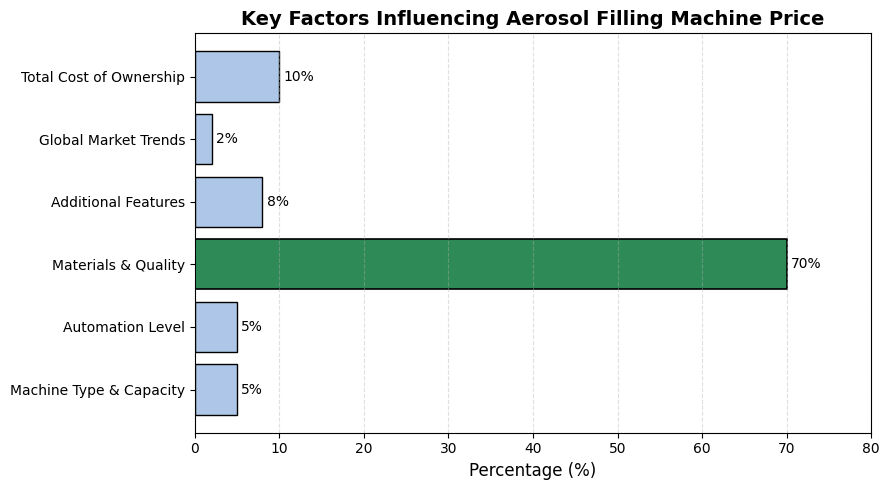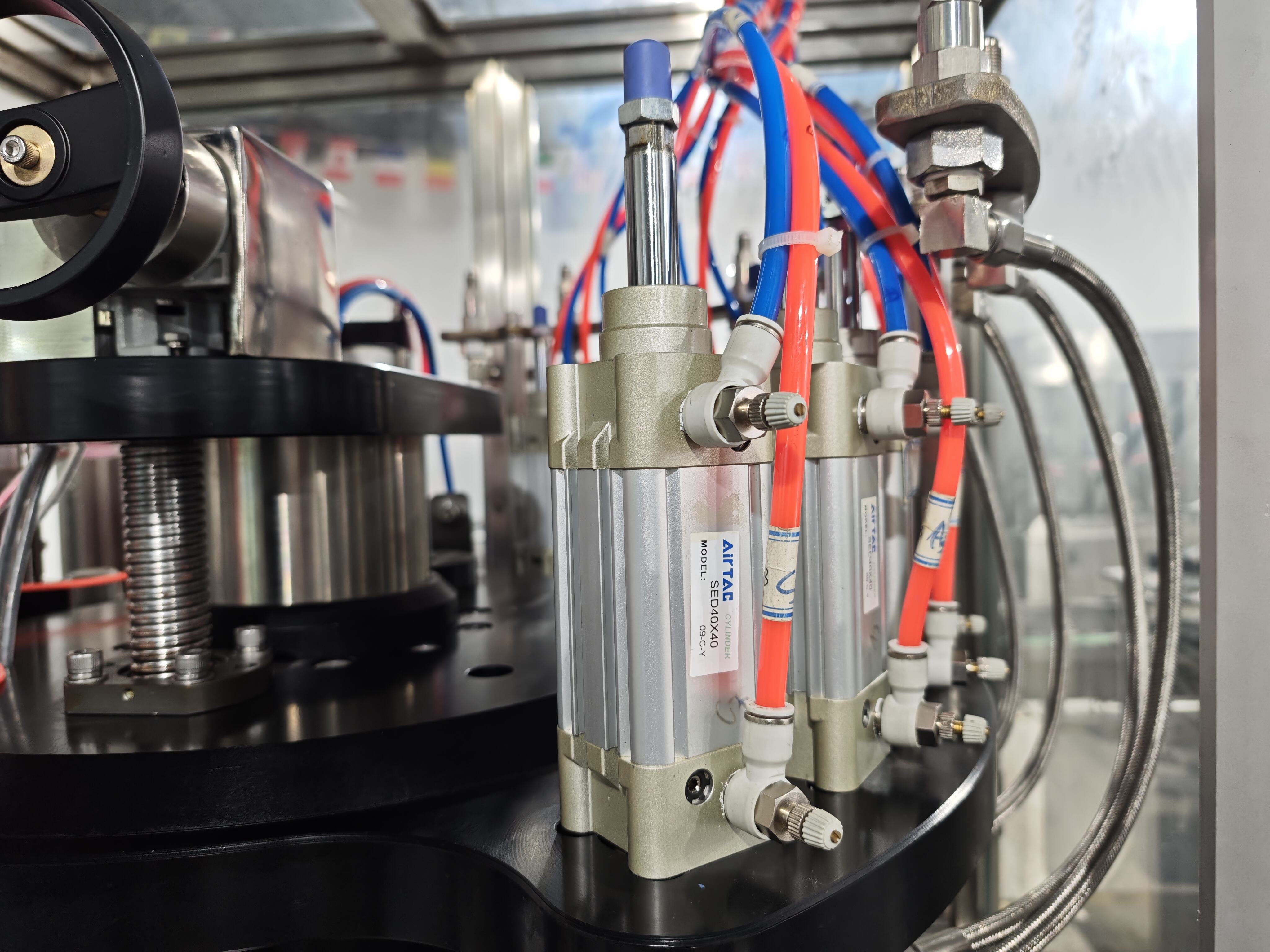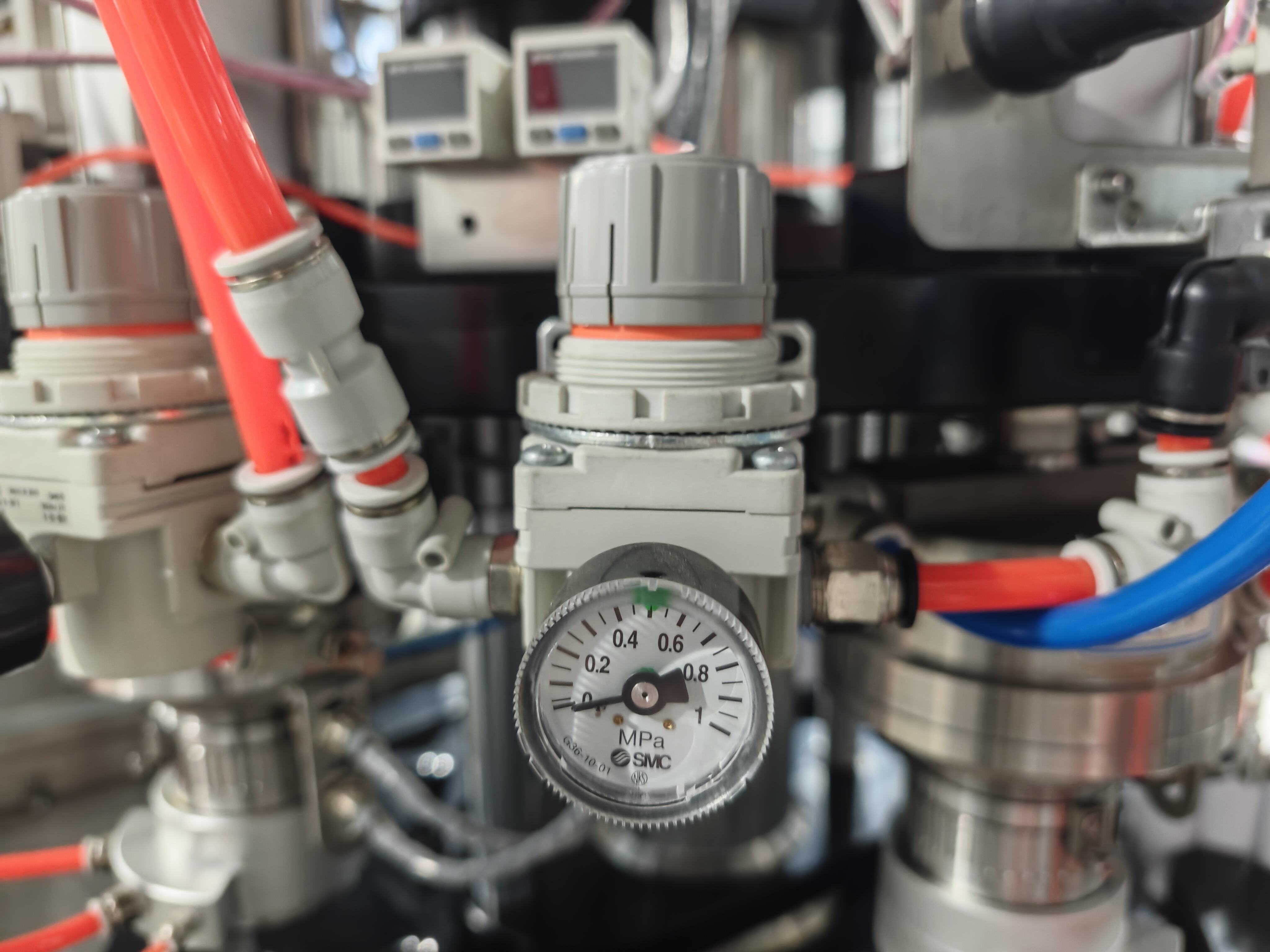|
The aerosol industry continues to grow rapidly, serving markets from personal care products to household chemicals and pharmaceuticals. Behind every spray can is a precise production process, and the filling machine is the heart of it. When manufacturers consider scaling up or upgrading production, aerosol filling machine price is often the first question. Understanding what influences this price can help businesses invest wisely and avoid unnecessary costs. |
 |
The first consideration is usually machine type. Semi-automatic models, which handle around 1,000 cans per hour, are ideal for startups or small-scale operations. Fully automatic systems can reach 3,000 cans or more per hour and suit high-volume production. Speed, stability, and consistency grow together with automation level, but a higher-capacity machine is not always necessary — the right match between output and budget delivers the best value.
Automation plays a visible role in price differences. Basic setups include core units like the filling, crimping, and gas filling machines. As production needs expand, auxiliary equipment such as weighing machines, leak testers, labeling machines, and capping or coding systems are added. Advanced automation goes even further, integrating bottle loading, carton opening, and automatic packing systems. Each layer of automation raises cost, but also reduces labor and improves reliability.

While configuration matters, what truly defines long-term performance — and significantly influences aerosol filling machine price — is the quality of materials and workmanship.
The parts in contact with product are typically stainless steel. 316-grade stainless steel costs about 30–40% more than 304 but offers superior corrosion resistance, particularly for alcohol-based or acidic formulas.
Another major factor is the brand and origin of key components such as valves, seals, and pneumatic systems. Using original SMC, or AIRTAC parts increases cost but ensures higher precision and durability.
Finally, welding, polishing, and explosion-proof design directly reflect the manufacturer’s craftsmanship. High-precision welding, smooth mirror polishing, and strict explosion-proof standards require skilled labor and multiple rounds of inspection — adding to the cost but ensuring stability, safety, and compliance with CE or ATEX certification standards.
 |
 |
 |
Global dynamics further impact aerosol filling machine price. Fluctuations in stainless steel and aluminum costs, stricter environmental regulations, and rising labor expenses push up manufacturing costs worldwide. Meanwhile, growing demand for automated and sustainable solutions continues to influence both design and pricing trends.
Additional Features: Safety and FlexibilityModern filling lines often include specialized options that affect pricing. Leak detection systems, for example, can cost between $20,000 and $35,000 depending on capacity. Some machines are designed to accommodate different aerosol can sizes, which requires interchangeable molds and adjustment mechanisms. Safety enhancements such as explosion-proof doors around the gas filling area are also common and essential for workplaces handling LPG or DME propellants. |
 |
The upfront purchase price is just one part of the equation. Installation, operator training, spare parts, and after-sales service all contribute to total ownership cost. Energy efficiency, maintenance requirements, and production efficiency also affect long-term value. A slightly more expensive machine with reliable support and low maintenance may provide better ROI than a cheaper model prone to downtime.
While aerosol filling machine price is important, it should not be the sole consideration. Reliability, service, and long-term value often matter more in real-world production. By understanding price factors and evaluating total ownership costs, manufacturers can make informed decisions. Choosing the right machine ensures efficient production, consistent quality, and sustainable growth—without overspending on unnecessary features. For more information on high-quality, customizable aerosol filling machines, visit aileaerosol.com.